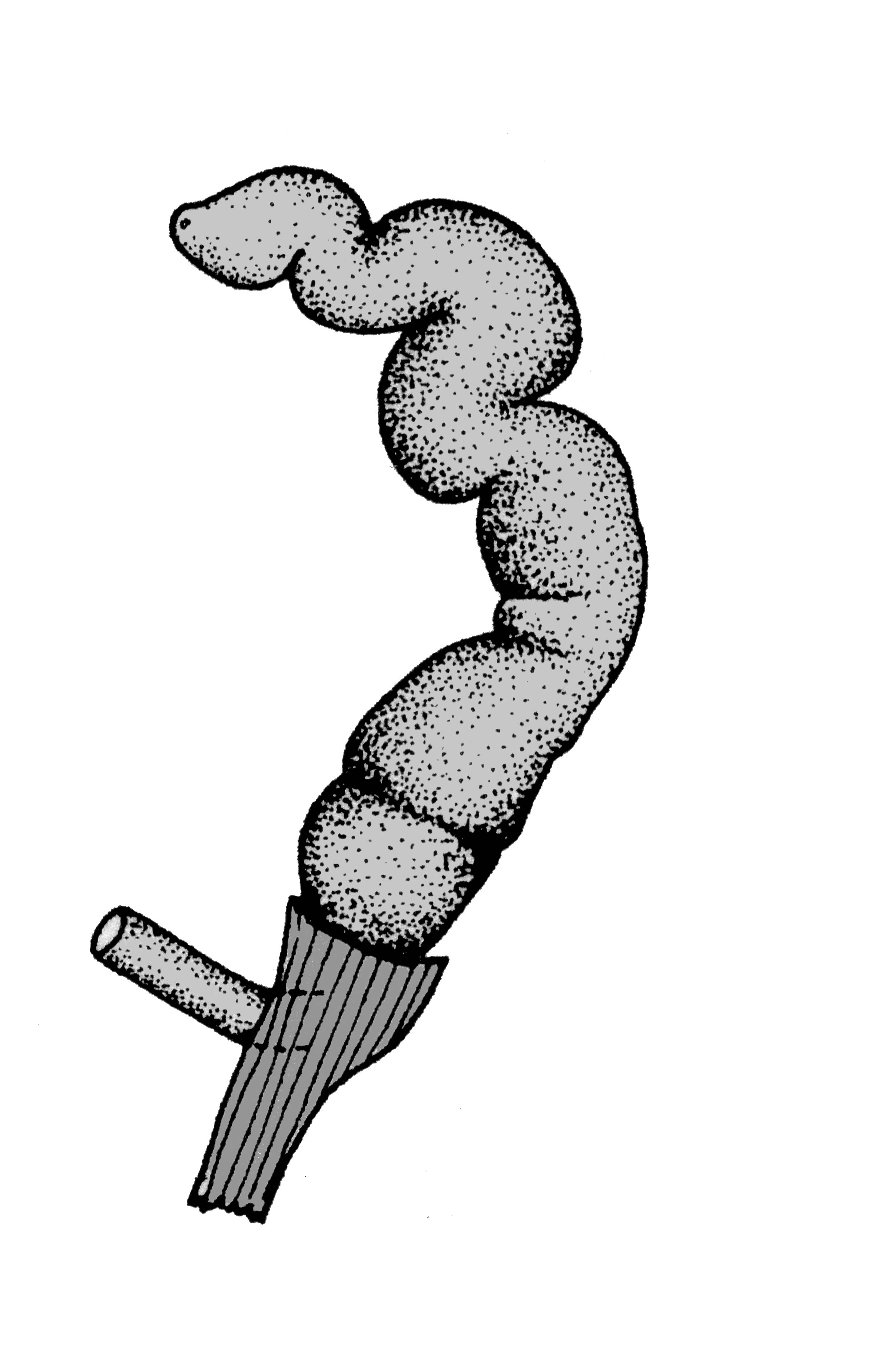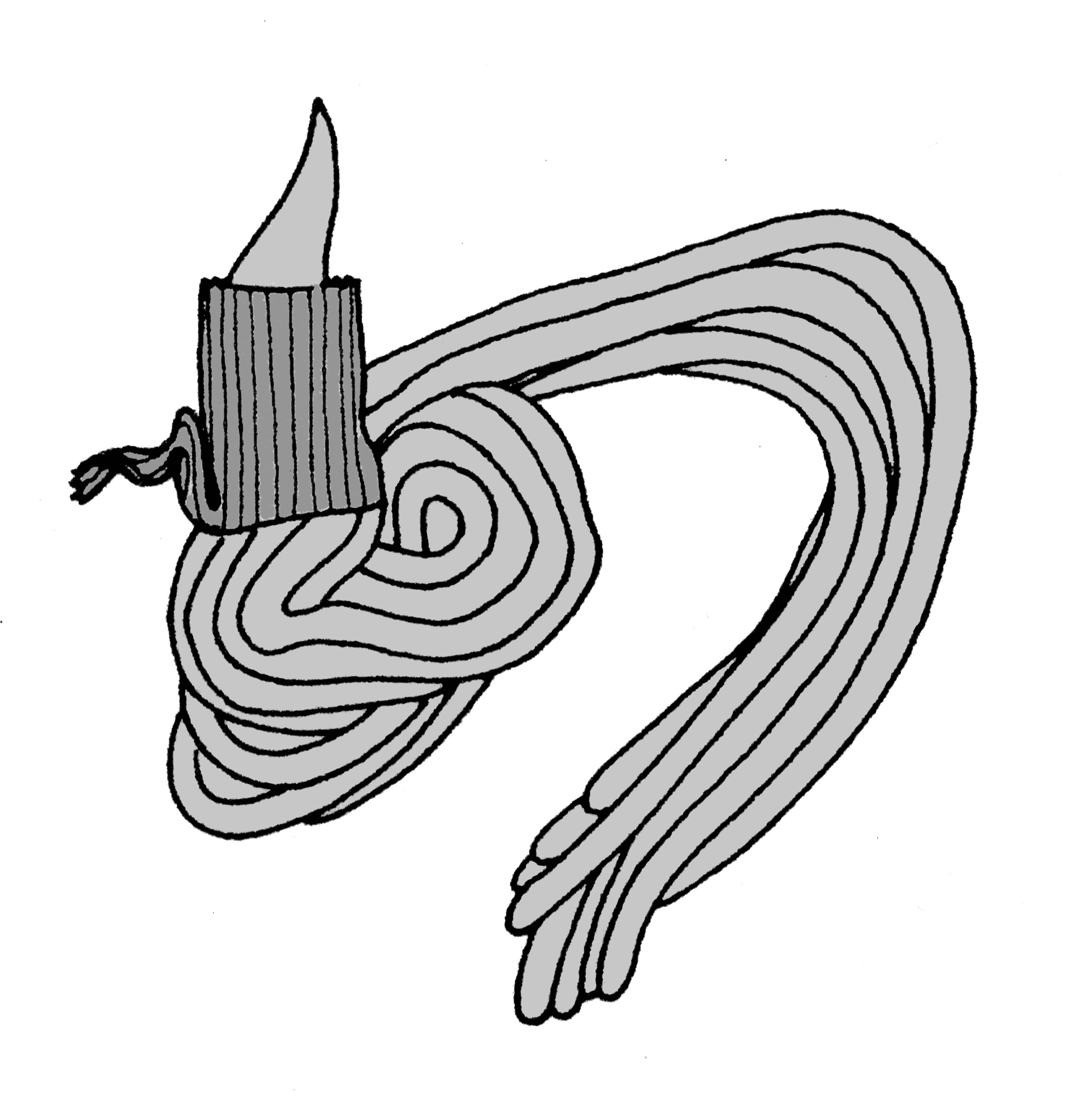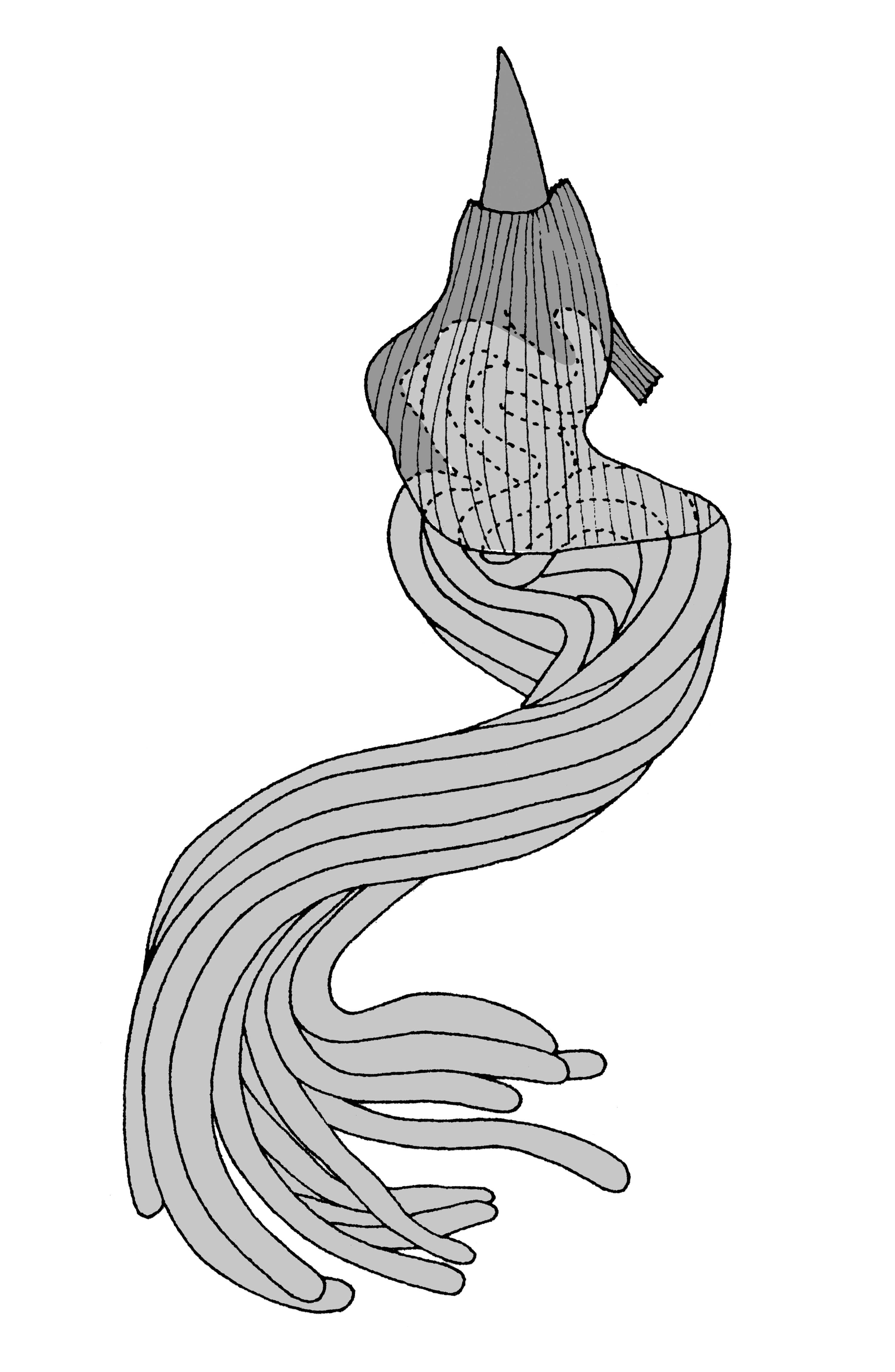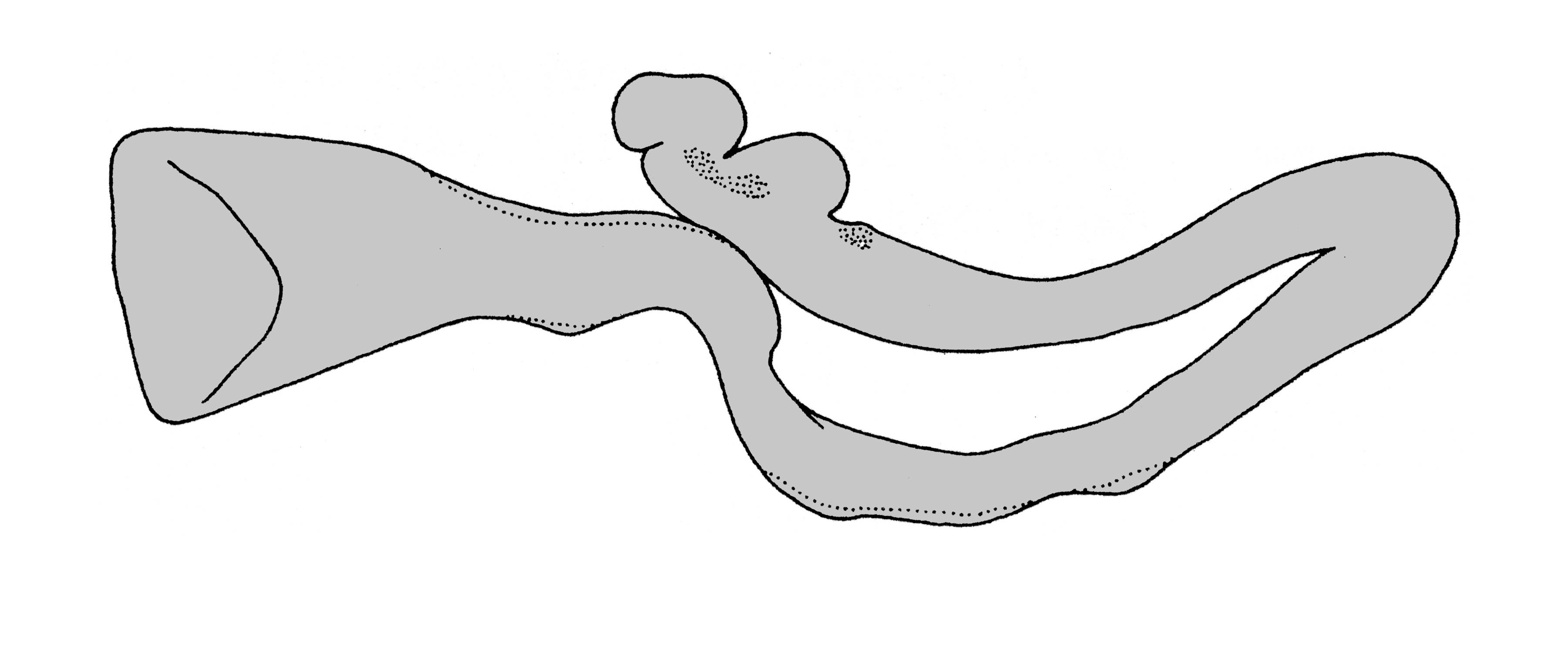Veronicellidae: Vaginulus alte
|
Vaginulus alte. (Photo: © M. Manas, Wikipedia) |
|
Vaginulus alte: genitalia-penis. (Photo: © T.W. Thome, modified by K. Weigel, University of Florida) |
|
Vaginulus alte: genitalia-penis. (Photo: © T.W. Thome, modified by K. Weigel, University of Florida) |
|
Vaginulus alte: genitalia-penial gland. (Photo: © T.W. Thome, modified by K. Weigel, University of Florida) |
|
Vaginulus alte: genitalia-penial gland. (Photo: © T.W. Thome, modified by K. Weigel, University of Florida) |
|
Vaginulus alte: genitalia-pedal gland. (Photo: © T.W. Thome, modified by K. Weigel, University of Florida) |
|
Vaginulus alte: genitalia-pedal gland. (Photo: © T.W. Thome, modified by K. Weigel, University of Florida) |
|
Vaginulus alte: genitalia-posterior part of the genitalia. (Photo: © T.W. Thome, modified by K. Weigel, University of Florida) |
|
Vaginulus alte: genitalia-part of the posterior genitalia. (Photo: © T.W. Thome, modified by K. Weigel, University of Florida) |
Family
Veronicellidae
Species
Vaginulus alte (Ferussac, 1822)
Common name
Black slugSlug:
A snail that either does not possess a shell or has one that is very reduced (no definite coiling) or internal.
, Tropical leatherleaf
Description
The tropical leatherleaf slugSlug:
A snail that either does not possess a shell or has one that is very reduced (no definite coiling) or internal.
measures 70-80 mm long. It is dark-colored (grayish) with raised pustules/tubercles and a characteristically narrow footFoot:
The muscular organ on the undersurface of the body of a mollusc upon which the animal rests or uses to crawl.
. A pale brown line spans the length of its dorsum. The footFoot:
The muscular organ on the undersurface of the body of a mollusc upon which the animal rests or uses to crawl.
is 4-5 mm wide in adults and 1 mm wide in juveniles. The keelKeel:
Also known as the carina. This is a longitudinal ridge that runs dorsally along the apex of the tail of the animal.
is tan colored. The tentaclesTentacles:
Sensory projections on the head end of a mollusc. There are generally two pairs; upper (posterior) and smaller, lower (anterior). The upper pair bears the eyes. In many snails the eyes are located at the tips of this structure; however, in Basommatophoran snail species, the eyes are located at the base of the tentacles.
are 2-3 mm long, and rarely extend beyond the tip of the mantleMantle:
A fleshy, membranous covering of the anterior portion of the body of a mollusc. It secretes the materials that form the shell.
.
Native range
Cental Africa
Distribution
Pacific Islands: Hawaii
Islands of the Indian and Pacific Oceans
Australasia: Australia, New Zealand
Asia: Southern
Africa: South and Central
Ecology
This pest species consumes vegetable crops, fruits and weeds. This species is an intermediate host for Angiostrongylus cantonensis, the rat lung parasite of humans. It occupies dry areas at low altitudes and feed during periods of high humidity (late evening/early morning). The adults of this slugSlug:
A snail that either does not possess a shell or has one that is very reduced (no definite coiling) or internal.
will deposit its eggs in any depression in the soil. The eggs are often observed in a cluster with a thread-like material surrounding it. Fecal matter is also deposited on the eggs to maintain the eggs' high moisture content. The oval, translucentTranslucent:
Allows light to pass through but prevents the ability to see distinct objects.
eggs will measure up to 8 mm. Clutch size may be as much as 100 eggs. The eggs often hatch in about a month. The juveniles will measure close to 8 mm upon eclosion (hatching). Although maturity is often attained after 5 months, breeding only commences during favorable conditions (warm and rainy weather).
Synonyms
- Laevicaulis alte (Ferussac, 1822)
- Vaginulus alte Ferussac, 1822
- Vaginula leydigi Simroth, 1889
References
Cowie 1997Cowie 1997:
Cowie, R.H. 1997. Catalog and bibliography of the nonindigenous nonmarine snails and slugs of the Hawaiian Islands. Bishop Museum Occasional Papers. 50.; Cowie et al. 2008Cowie et al. 2008:
Cowie, R.H., K.A. Hayes, C.T. Chuong, T.Tran and W.M. Meyer III. 2008. The horticultural industry as a vector of alien snails and slugs: widespread invasions in Hawaii. International Journal of Pest Management 54(4): 267-276.; Cowie et al. 2009; Naggs et al. 2003Naggs et al. 2003:
Naggs, F., D.C. Raheem, P.B. Mordan, B. Grimm, K.B. Ranawana and N.P.S. Kumburegama. 2003. Ancient relicts and contemporary exotics: faunal change and survivorship in Sri Lanka’s snail fauna. Slug and Snails: Agricultural, Veterinary and Environmental Perspectives. BCPC Symposium Proceedings 80: 103-108.; Solem 1964; Thome 1989Thome 1989:
Thome, J.W. 1989. Annotated and illustrated preliminary list of the Veronicellidae (Mollusca: Gastropoda) of the Antilles, and Central and North America. Journal of Medical and Applied Malacology. 1: 11-28.










